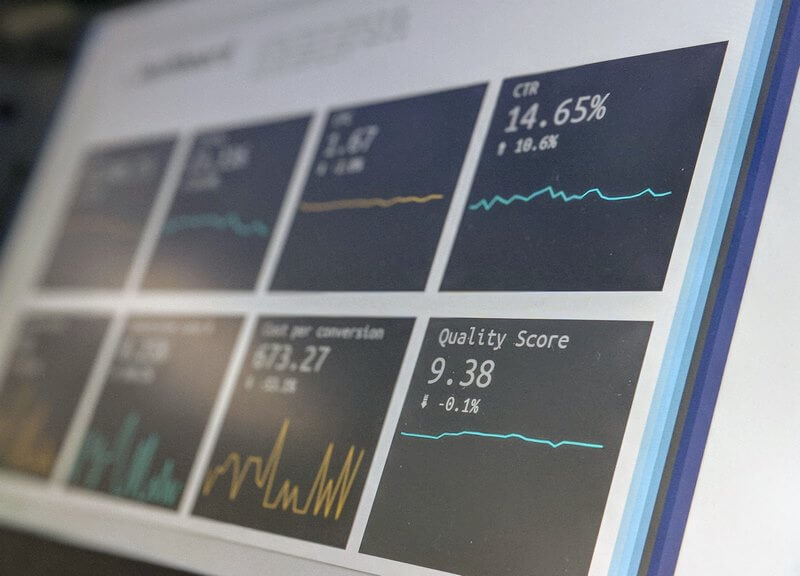
Governance is a program's backbone
Resilience program governance is not mentioned much by practitioners beyond ISO or regulatory standards. However, it is the backbone of any agile program. Success for any resilience program relies on a solid framework. Any program without it will eventually fail, lacking meaningful executive buy-in.
Strong governance keeps the framework on track with strategic positioning. It’s an essential aspect that certifies positive outcomes. Without it, resilience programs risk losing internal support and valuable opportunities to increase effectiveness. The Board of Directors’ main goal is to oversee the company’s direction so that customers and shareholders get a return on investment. They make crucial strategic decisions about a company to influence its overall direction.

What program governance is
At its core, program governance is a process to ensure management backing. It puts an oversight system in place and creates accountability. By working with a governance group, program managers align with the organization as a whole. Business continuity is the primary driver of corporate governance, so the work of resilience is an excellent fit.
So, not only does the work link to organizational resilience but should connect to overall company organization and management. As the ISO for organizational resilience states, you want to ensure that appropriate governance structures to achieve the effective coordination of corporate resilience activities are in place. Senior-level managers and Boards of Directors are not responsible for daily operations. Due to this, you want a reporting venue to share updates and gain feedback.

Pitfalls of a lack of governance
Resilience program governance keeps the work tethered to management, shareholders, and the Board of Directors (BoD). In my Resilience series, I wrote about the importance of program evaluation. Taking a continuous improvement approach is vital to that process. And, the BoD can assist the program in that aim. They do this by approving overall goals and objectives.
Successful programs clearly state how they support organizational strategy. Resilience programs failing to do this expose themselves to degraded visibility. Not having a governance framework in place risks the “out of sight, out of mind” syndrome. I’ve seen this occur in companies several times, and eventually, program management suffers by becoming out of step with the business. We have to keep this critical work front and center. By not doing so, we cannot blame leaders for placing their attention elsewhere–usually achieving the business’s strategic goals that make it profitable!

Governance benefits
In that vein, a tactical approach builds a governance structure leading to regular interaction with the BoD. Establishing strategic councils and regular executive management touchpoints ensures that the work is evaluated and understood. There is no reason why resilience shouldn’t be necessary for today’s business environment.
By gaining Resilience champions in upper management, you embed value. Additionally, it creates transparency. In any organization, there is an element of personal and professional politics. Governance programs create balance and enforce alignment with company objectives. One of the overarching perks of being plugged into the governance structure is a system to make thoughtful programmatic decisions. Understandably, it can also provide a forum to elicit support and resources.

How to jumpstart good program governance
In my Program Plan blog, I suggested how governance keeps things on track by installing resilience controls. The first step is by putting suitable systems, processes, and people in place. Then, you define roles and responsibilities. Governance committees need the proper authority and level of leadership support.
Governance is all about establishing a model with the right level of authority. The best structure is a cascading framework from the BoD to your program. The board has oversight of the governance process, and management is responsible for implementing their directives throughout the organization. By connecting into this process; Resilience programs benefit by becoming part of the operating model and participating in critical activities.

Maintaining program governance
Finally, establish governance that reflects the company’s culture and aspirations. Then, create a continuous improvement cycle. You don’t want meetings with the BoD to become stale. Instead, it is an opportunity to share successes, identify gaps, and speak to program improvements. Be mindful of current trends. For example, resilience is a hot topic on the minds of boards. Capitalize on this and link your presentations to how the program successfully contributes.
By sharing program updates and continuous monitoring with leadership, a Resilience program has the best chance to remain relevant. Instead, some programs become outmoded by clinging to old models. I believe that some programs experienced failure during COVID because they lacked good governance and became a check-the-box exercise rather than supporting real resilience.
